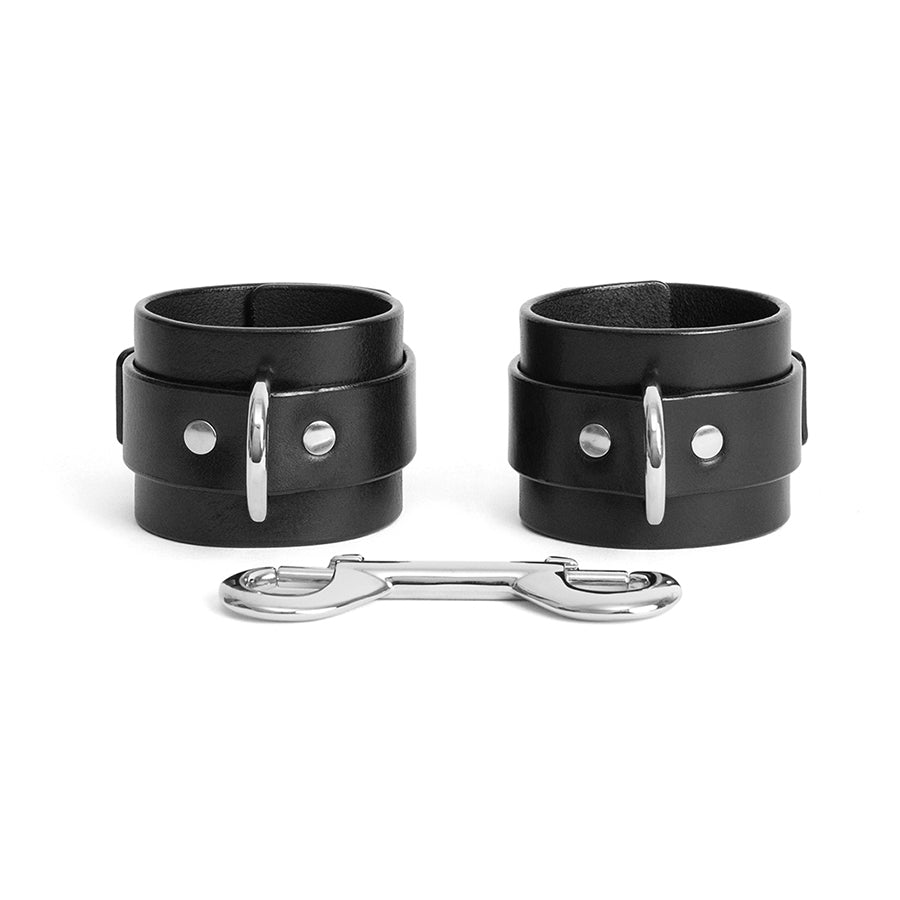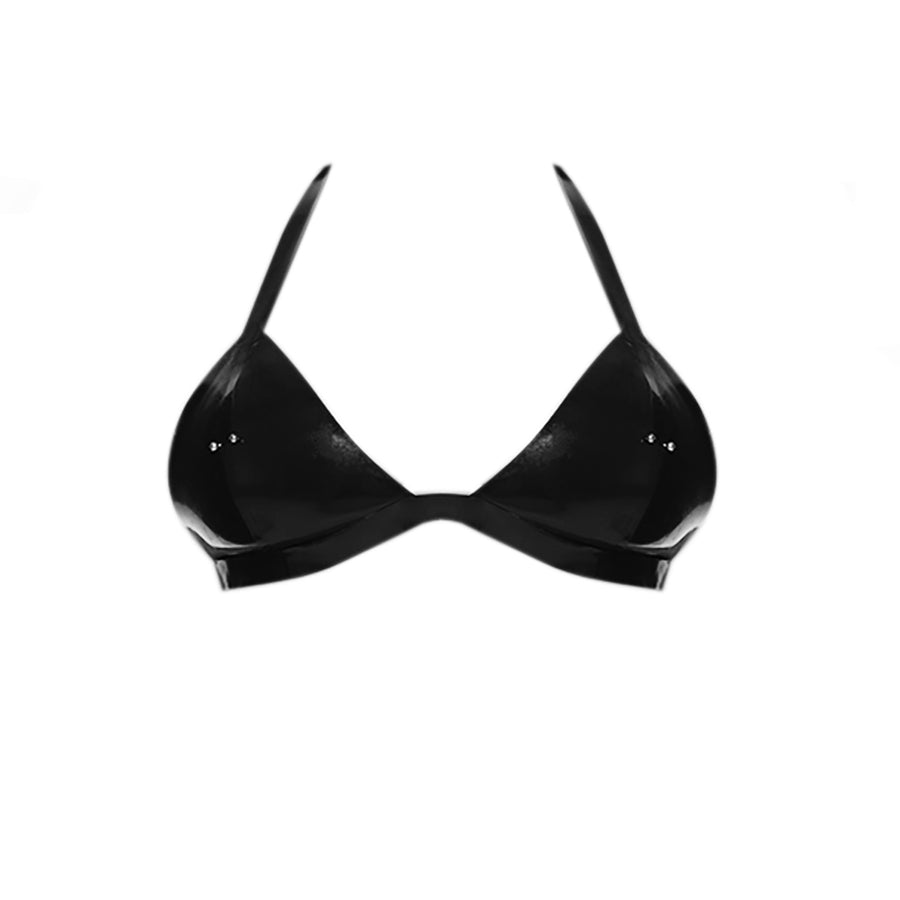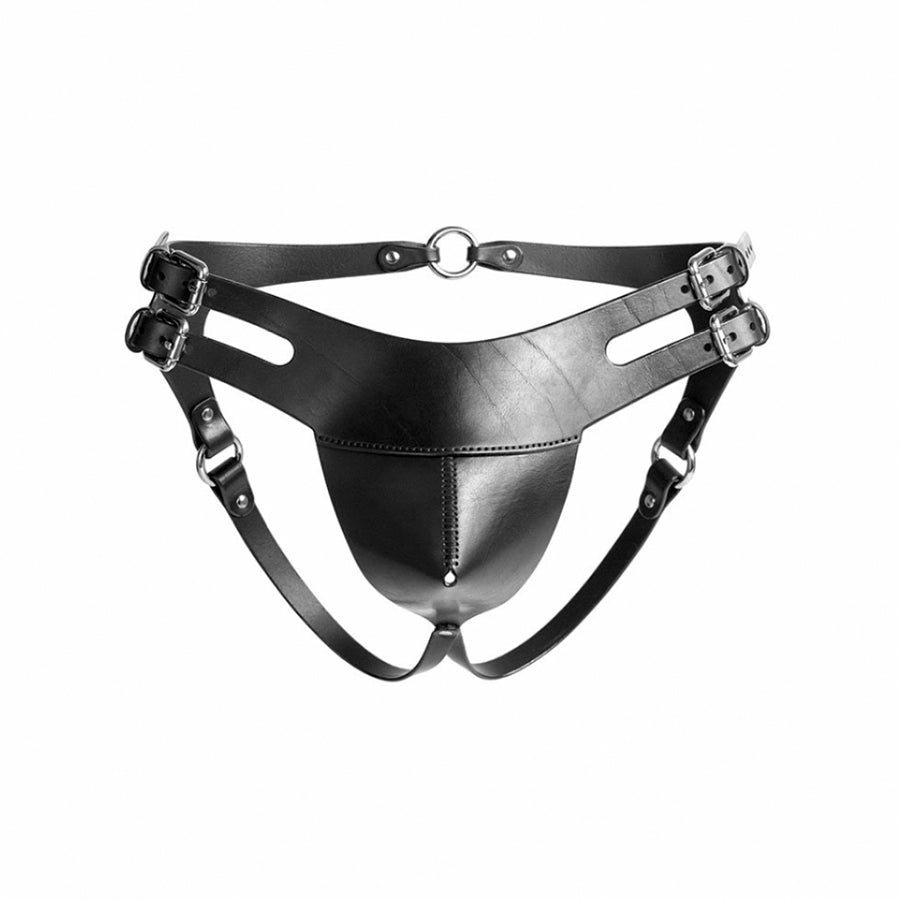|
Diameter (mm) |
Diameter (inches) |
Ring size |
|
11 |
0.433 |
11 |
|
11.5 |
0.452 |
11.5 |
|
12 |
0.472 |
12 |
|
12.5 |
0.492 |
12.5 |
|
13 |
0.511 |
13 |
|
13.5 |
0.531 |
13.5 |
|
14 |
0.551 |
14 |
|
14.5 |
0.57 |
14.5 |
|
15 |
0.59 |
15 |
|
15.5 |
0.61 |
15.5 |
|
16 |
0.629 |
16 |
|
16.5 |
0.649 |
16.5 |
|
17 |
0.669 |
17 |
|
17.5 |
0.688 |
17.5 |
|
18 |
0.708 |
18 |
|
18.5 |
0.728 |
18.5 |
|
19 |
0.748 |
19 |
|
19.5 |
0.767 |
19.5 |
|
20 |
0.787 |
20 |
|
20.5 |
0.807 |
20.5 |
|
21 |
0.826 |
21 |
|
21.5 |
0.846 |
21.5 |
How to measure your ring size?
1. Take a length of string and wrap it around the base of your finger.
2. Mark where the string first overlaps with a pen.
3. Stretch the length of string out along a ruler or measuring tape, and take down the length in millimeters or inches. Divide your length by 3.14 to get your size.
4. Use the ring size chart below to compare your measurement to the standard ring sizes.
Note! If you want to measure your finger size for claw-rings, you should measure the first phalanx of the finger.






